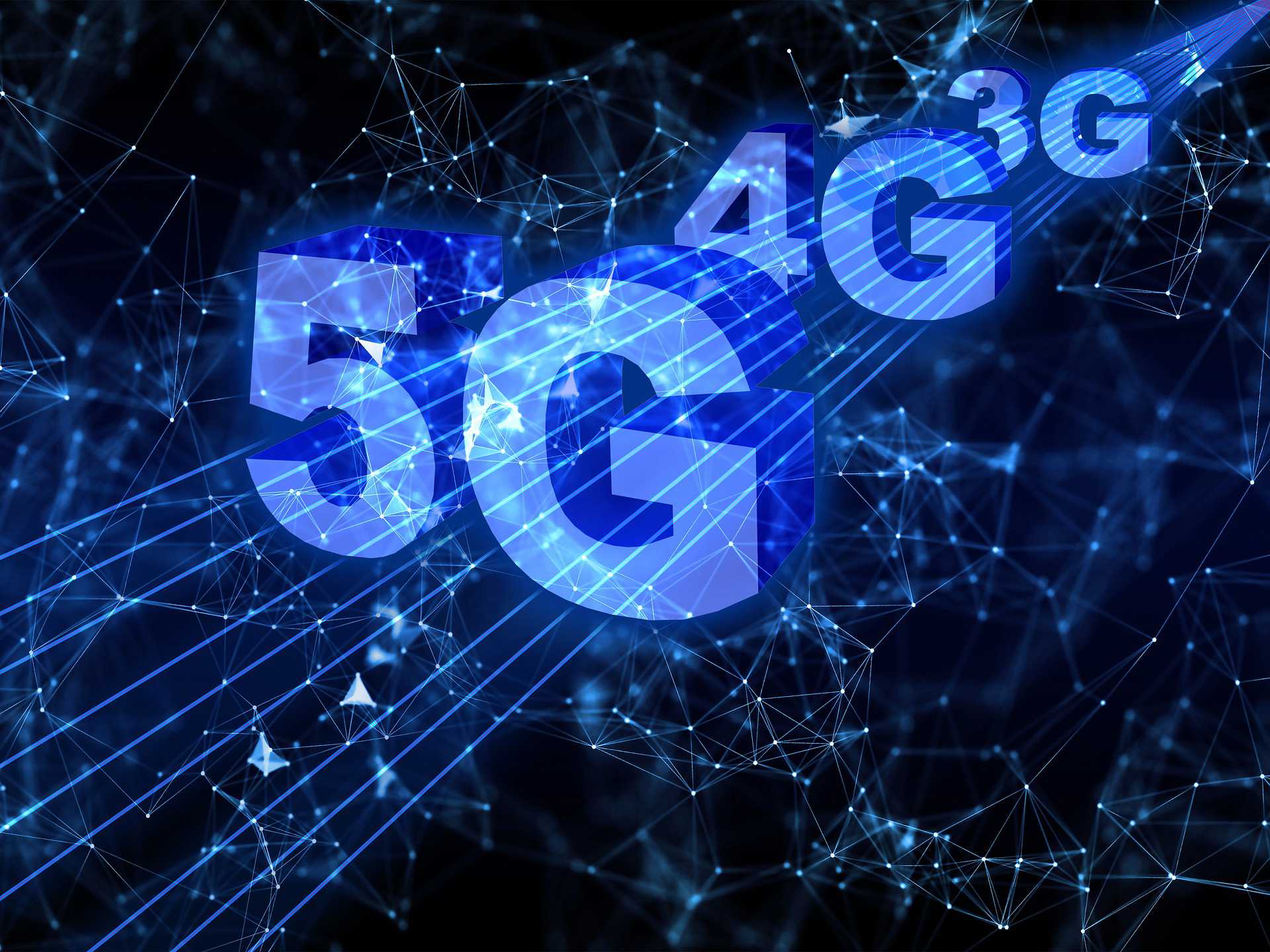An Overview of 5G Technology in Mobile Communications
When it comes to driving the sharp increase evident in internet utilization on mobile phones throughout the globe, both 3G and 4G networks have played a significant role in the continuous development of network coverage. 5G is the latest generation of a telecommunications network, which functions at increased radio frequencies. It also provides the opportunity for faster internet speeds with a theoretical expectation of 500 MB per second. With such speeds of connectivity, the surge of 5G is likely to transform the world along with the current technologies.?

(Image credits: Pixabay.com)
5G Technology Features?
In the crucial dimension, 5G technology addresses considerable possibilities to look into new approaches to handle networks. Network slicing is a phrase bound to come up in this exploration and refers to empowering one physical network that sustains multiple virtual networks with different performance as well as features. For example, a single network slice can provide fast speed mobile broadband on similar infrastructure, above which a different slice could cause reduced network consumption over the connectivity speeds in 5G.
It is possible to utilize similar infrastructure in providing different services to multiple users as well as sectors. Upon seeing this tremendous result, 5G tech will, in turn, open profitable scopes for additional corporate paradigms in the future than the existing environment where network suppliers provide similar services. The only difference is in terms of the billing plans and pricing.??
Advantages of 5G Technology
The anticipated 5G release date around the world is set for 2020, where this technology is expected to provide limitless possibilities to significantly enrich the lives of people. The blend of state-of-the-art technology and the latest studies will offer higher speeds and more dependable connections on 5G mobile phones as well as other mobile gadgets. 5G technology advantages include greater data rates of 1-20 Gbit/s, which enable users to download content faster. The network also offers reduced latency of 1 millisecond, allowing customers to encounter lower lag during data request period from the network.
5G tech also offers enhanced capacity since the network becomes more extensive. Growth of this recent technology is in the advanced stages, with most firms busy ensuring their networks, as well as devices, are 5G awaiting the worldwide launch in 2020. Working side by side with current 3G and 4G tech, 5G networks will assist control a substantial increase of Internet of Things (IoT) inventions, offering the infrastructure required to transfer significant data amounts along with allowing a smarter and more connected universe. Faster connections that remain online regardless of your location, as well as average download speeds of approximately 1 Gbps, are projected to become the standard.
The Expected Capabilities of 5G Technology
The possible utilization of this communication technology has been laid open to speculation for some time. It is projected that 5G tech can transform most sectors and can keep on making autonomous cars, smart industry 4.0, smart cities, and so much more. Mobile operators can get more profit on their considerable investments given the latest features and improvements in 5G technology. The enhancements in mobile broadband that incorporate power usage can hence enable gadget vendors to generate less expensive handsets, in this way increasing the number of consumers and assisting mobile operators use less on gadget subsidies.?
5G Network Countries
The Global mobile Suppliers Association (GSA) serves as a representation of firms throughout the global mobile ecosystem. It has registered an aggregate of 70 operators in 40 states that have introduced 3GPP-adaptable 5G networks providing either FWA/home broadband services or completely mobile 5G services and sometimes both. Of such industrial networks, data from GSA registers that there are currently 63 operators live with 3GPP-adaptable 5G networks, whereas 34 have introduced 3GPP-adaptable 5G home or FWA broadband services. Towards the last days of March 2020, the Global mobile Suppliers Association GAMBoD database incorporated elaborate data as well as analysis on all 381 operators in 123 nations that have invested in 5G.?
?
When searching for area opportunities, North America has taken the leading edge on the utilization of 5G at a fast pace. The region is controlling over two-thirds of worldwide market share. North America has shown an increase in the 5G technology market due to the growing popularity of customer electronic gadgets with apps that rely on a fast speed network. The Asia-Pacific follows North America and is likely to become the second-largest marketplace for 5G by 2025.

